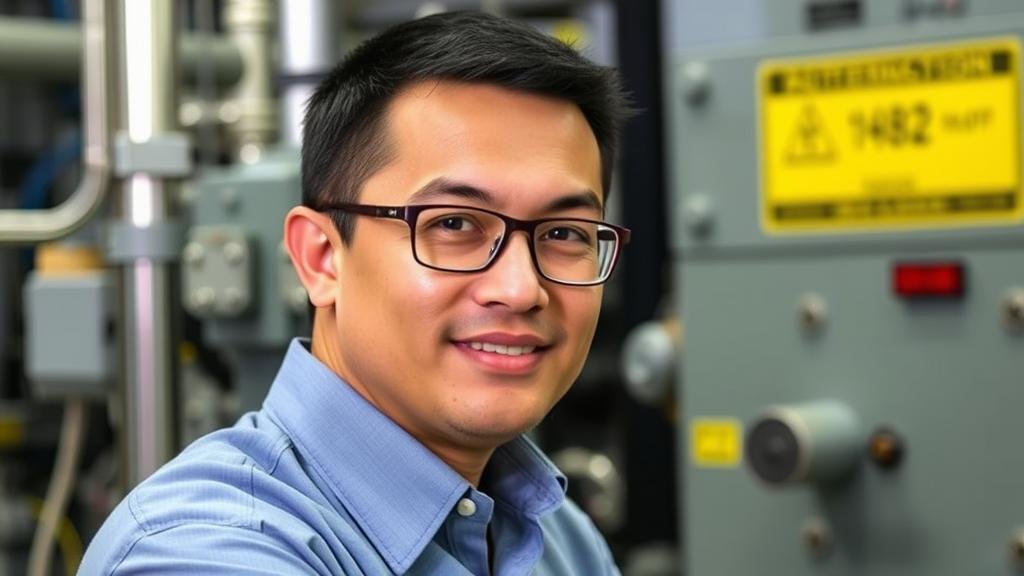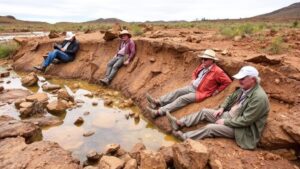Processing High-Mineral Content Ores Using Low-Cost Methods
Processing High-Mineral Content Ores Using Low-Cost Methods
Mining and mineral processing are critical components of the global economy, particularly in regions rich in high-mineral content ores. Conventional processing techniques can be costly and environmentally damaging. So, the exploration of low-cost methods for processing these ores is necessary for sustainable mining practices. This article delves into various low-cost techniques, supported by real-world examples and statistical data, to provide a comprehensive overview of this subject.
Understanding High-Mineral Content Ores
High-mineral content ores contain a significant concentration of valuable minerals but are often accompanied by impurities that complicate extraction processes. Common high-mineral ores include copper, zinc, and lead ores, which may contain various elements such as sulfur, arsenic, and iron. The challenge lies in efficiently extracting these valuable minerals while minimizing environmental impact and costs.
Low-Cost Processing Techniques
There are several low-cost methods for processing high-mineral content ores, each with unique advantages and challenges. following approaches have been widely adopted:
- Gravity Separation
- Flotation
- Bioleaching
- Hydrometallurgy
Gravity Separation
Gravity separation leverages the differences in density between minerals to achieve separation without the use of chemicals. This method is particularly effective for ores rich in heavy minerals. For example, the Titan Mining Corporations operations in New York use gravity separation techniques to extract zinc from stone and earth, reducing costs and environmental impacts significantly.
Flotation
Flotation is a widely used method for treating sulfide ores and involves adding chemicals that cause valuable minerals to attach to air bubbles and float to the surface, where they can be skimmed off. A case study at the Morenci mine in Arizona illustrates the efficacy of flotation. By integrating advanced flotation technology, Morenci increased its recovery rates from 85% to 93%, demonstrating both economic and environmental benefits.
Bioleaching
Bioleaching employs microorganisms to extract metals from ores. This method is particularly effective for low-grade ores and has a significantly lower operational cost compared to traditional smelting processes. A notable example is the use of bioleaching at the Bioleach project in Australia, which successfully recovered copper from ore at reduced costs and lower energy consumption levels.
Hydrometallurgy
Hydrometallurgy involves using aqueous solutions to extract metals. This technique has gained popularity due to its environmental advantages and adaptability to various ore types. The Nchanga mine in Zambia utilizes hydrometallurgical methods to recover copper from high-mineral content ores, resulting in lower operational costs compared to conventional methods.
Environmental and Economic Considerations
Incorporating low-cost processing methods can lead to significant environmental benefits. For example, chemical waste production is often reduced, and water consumption can be minimized. A 2018 study published in the Journal of Cleaner Production indicated that using bioleaching could reduce carbon emissions by up to 40% compared to traditional extraction methods.
Challenges and Limitations
Despite their advantages, low-cost processing methods also face challenges. The efficiency of techniques like bioleaching can be affected by environmental conditions such as pH and temperature, while gravity separation may not be suitable for all ore types. It is essential to comprehensively evaluate ore characteristics and processing requirements before selecting an appropriate method.
Conclusion and Future Directions
Processing high-mineral content ores using low-cost methods presents a viable path toward increased sustainability in the mining industry. As the demand for minerals rises, refining these techniques will be crucial. Future research should focus on enhancing the efficiency of existing methods and exploring novel technologies like artificial intelligence in ore processing.
With the continued development of low-cost processing techniques, mining operations can increase profitability while minimizing their environmental footprint. transition toward sustainable mining practices is not just beneficial for the environment but offers a competitive edge in the evolving global market.
Actionable Takeaways
- Evaluate the mineralogy of ores to select the most suitable processing technique.
- Research advancements in biotechnology and hydrometallurgy for cost-effective extraction.
- Monitor environmental impacts during the implementation of new processing methods.
- Invest in training for staff on innovative processing techniques to enhance operational efficiency.



